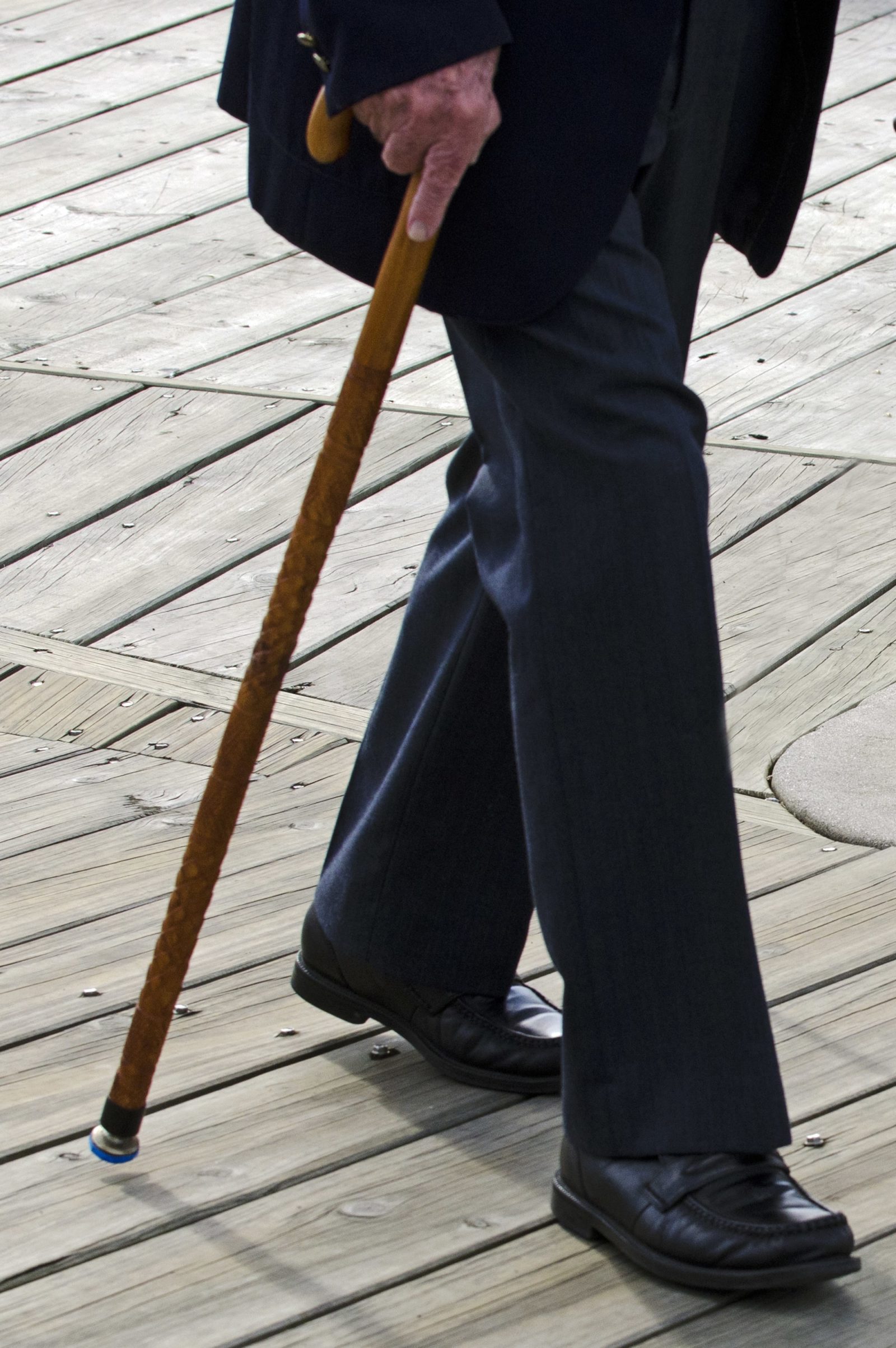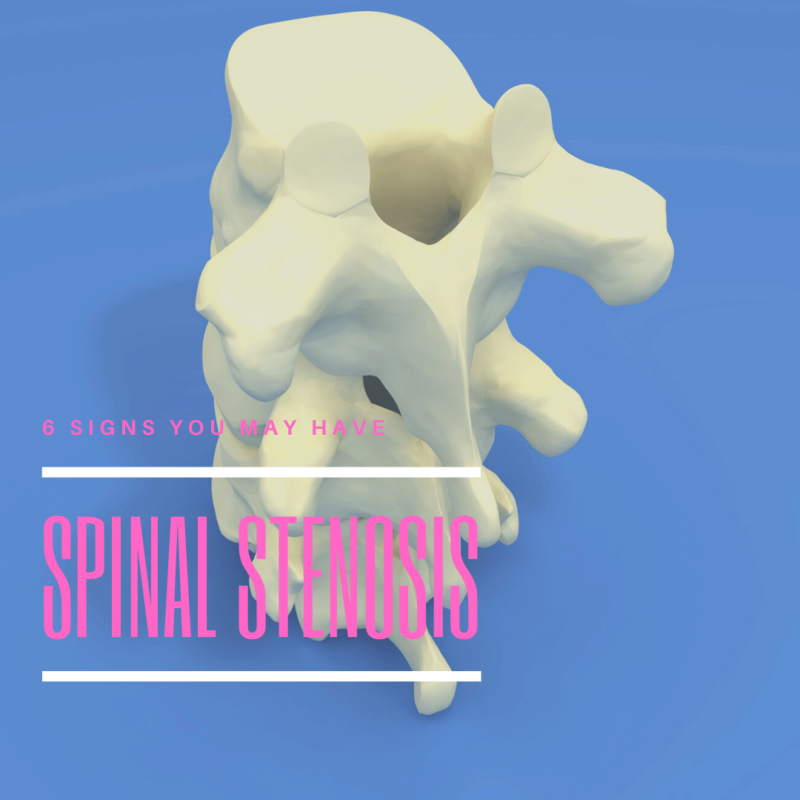It is an unfortunate fact that our bodies change as we age, and not all of these changes are for the better. In the case of your spine, these changes can lead to a number of symptoms such as pain, numbness, and weakness to name a few. One way your spine can change is that it can start to narrow, leading to the compression of the spinal cord and/or nerves. This is a condition known as spinal stenosis and it is often seen in people over the age of 60.
The reason why spinal stenosis primarily affects older adults is because the tissues in the spine thicken with age. Additionally, the regular wear and tear associated with osteoarthritis can contribute to the narrowing of the spine. There are two different types of spinal stenosis, each defined by the part of the spine it affects:
- Cervical stenosis occurs when the cervical vertebrae of the neck begin to narrow
- Lumbar stenosis occurs when the lumbar vertebrae of the lower back begin to narrow. Lumbar stenosis tends to occur more frequently than cervical stenosis.
While only a consultation with a spinal specialist can determine whether or not spinal stenosis is present, here are six signs that you may have spinal stenosis:
Arm Pain
Cervical stenosis can cause radiating arm pain described as a mild to moderate burning or shock-like sensation that runs through the neck, shoulder, and arms. Additionally, cervical stenosis is also associated with tingling or numbness in the hands, as well as a crawling sensation. In some cases, there may also be weakness in the hands and arms.
Sciatica
Lumbar stenosis is often associated with sciatica, which is nerve pain and weakness in one leg caused by nerve compression. Sciatica can also cause pain that radiates through the lower back, buttock, thigh, calf, leg, and foot. This pain can also be accompanied by numbness or tingling in these structures as well.
Leg Pain
In addition to sciatica, leg pain can also take the form of neurogenic claudication in the legs. When this happens, there is constant pain and/or numbness in the legs while standing, pain that increases when walking and/or bending the spine backward, and difficulty performing activities that require an upright position. Basically, leg pain associated with neurogenic claudication only ceases with rest or when leaning forward.
Problems Walking

In some cases, both cervical and lumbar stenosis can cause changes in gait that can alter one’s ability to walk properly. These changes can be subtle at first and then gradually get worse. With cervical stenosis, you may experience a hard time maintaining your balance while walking, especially in the dark. With lumbar stenosis, you may experience weakness in the muscles associated with walking, as well as a condition called foot drop.
Foot Drop
Foot drop is characterized by weakness while trying to lift the foot or move the toes up. When walking, foot drop causes the foot to be involuntarily dragged. Oftentimes, this is accompanied by frequent tripping. Foot drop is the result of compression in the L4 and L5 nerve roots.
Loss of Fine Motor Skills
Finally, a loss of fine motor skills can also indicate spinal stenosis. Cervical stenosis has been found to cause problems with things like buttoning a shirt, writing, and even holding a pencil.
If you have been experiencing any of these symptoms, it is recommended to schedule a consultation with your local spinal specialist. While spinal stenosis has no cure, there are several non-surgical and surgical treatments that can be used to treat the symptoms associated with spinal stenosis.










